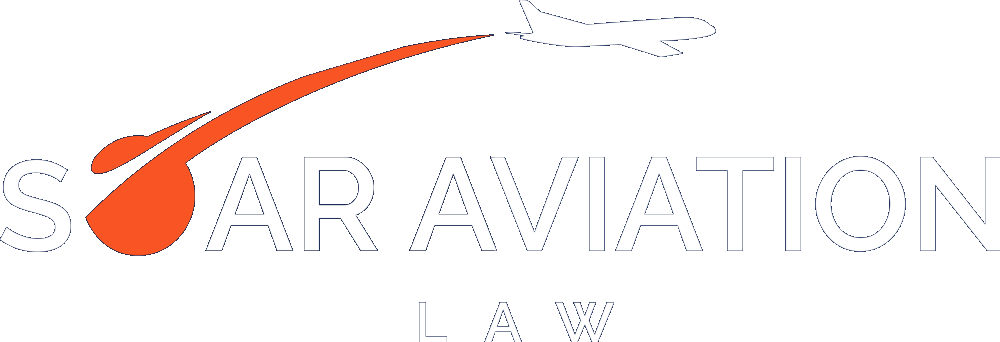
Occasionally, the best Aircraft on the market is one that is not currently on the United States aircraft registry, or the best offer a seller receives is from a buyer who plans to put the Aircraft on a registry other than the United States registry. As many parties are hesitant to participate in a cross-border transaction, this can sometimes result in an opportunity for the parties willing to participate in this more complex transaction. The major differences to consider in cross-border transactions where a buyer is purchasing an aircraft on a foreign aircraft registry and placing it on the United State registry are summarized below. With the right team, it can be easily accomplished. In Part 2, we will explore selling a United States registered Aircraft to a buyer who plans to place it on a different registry.
- The aircraft purchase and sale agreement (the “APSA”) should be a detailed road map of the transaction. It should set forth the chronology of the entire purchase process and identify who will pay for each step. In addition to all of the key concepts that should be in every APSA, the APSA for a cross-border transaction should specify: (i) which party pays for the correction of airworthy items necessary to allow the aircraft to be registered in the US; (ii) that seller must provide a complete chain of title evidenced by bills of sale back to the original manufacturer since not all countries have owner based registry systems; (iii) which party pays the cost of import into the US; (iv) which party has the responsibility for the export, import and customs documents; (v) which party will provide and pay for title searches or title opinions from the current jurisdiction where the Aircraft is registered; (vi) confirmation from current operator and Eurocontrol (if applicable) that there are no unpaid sums owed from the seller; (vii) when the full purchase price must be placed in escrow; (viii) when the deregistration process starts, how long the deregistration process takes, and when all the documents can be released for filing, (ix) who will handle the filings in the foreign jurisdiction since the US based escrow agent will not handle those documents, (x) when the funds are released to the seller; (xi) where the closing location will be, taking into account the tax considerations for the closing location (usually a local expert will need to opine on delivery location options if delivery is occurring outside of the United States).
- The APSA should allow for a visual inspection. During the visual inspection, it is important for the buyer to have a designated airworthiness representative (“DAR”) present to determine if the aircraft would be considered airworthy in the United States in its current condition. This will likely require a detailed records review as part of the visual inspection. If the aircraft is not deemed airworthy, the DAR can assess what work will need to be done to meet the standards required for issuance of a United States Certificate of Airworthiness (“C of A”), and a repair facility can estimate the cost of these items. Understanding these expenses before incurring the pre-purchase inspection fees and before the deposit becomes nonrefundable is very important. It is useful to have the pre-purchase inspection take place in the United States so that the buyer can easily view the aircraft prior to purchase and eliminate some of the complexities with hiring a DAR internationally. If the pre-purchase inspection occurs within the United States, it is important to make sure the seller correctly imports the aircraft into the United States upon entry using a United States customs broker prior to the start of the pre-purchase inspection.
- The Buyer needs to build an expert transaction team that includes an onsite technical representative at the inspection facility, the DAR mentioned above, a licensed and bonded United States Customs Broker, and aviation counsel. Aviation counsel can, among other responsibilities, coordinate and gather relevant information from local tax counsel, and local title counsel to insure that there are no tax issues with closing and that good title is being conveyed to the buyer free and clear of any liens or encumbrances that may have attached to the aircraft in the country of registration.
- Following a satisfactory visual inspection and pre-purchase inspection, buyer will move towards closing the purchase of the aircraft. In order to commence the closing process, seller deregisters the aircraft from the current country of registration. Depending on how the APSA is drafted, the seller may also be required to provide an export certificate of airworthiness in favor of the United States.
- The APSA should require that, immediately upon receipt of the notice of deregistration (in form acceptable to the FAA) and without any further requirements, the escrow agent will proceed with the remaining items of the closing process. This includes wiring the proceeds of the sale to the seller and filing the bill of sale and registration application with the FAA.
- The FAA treats aircraft entering the United States from a foreign registry as a priority and a Temporary Certificate of Aircraft Registration (“Fly Wire”) is typically issued within one to two days following confirmation of deregistration and filing of the appropriate registration documents with the FAA. If the aircraft has been deregistered outside of the United States, the aircraft cannot be flown until issuance of the Fly Wire.
- The Temporary Certificate of Aircraft Registration should be sent to the DAR who is ready to issue the Certificate of Airworthiness (“C of A”). Prior to issuing the C of A, the DAR will need confirmation that the aircraft has the new United States registration number on it and the transponders have been re-strapped.
The key items to remember in purchasing a foreign registered aircraft are: including all items necessary in the APSA; hiring a DAR, a licensed and bonded United States Customs Broker and an expert transaction team; understanding the costs of obtaining the C of A (and who pays those costs); and sequencing the buying process in a way to properly deregister, export, register and import the aircraft while, at the same time, avoiding unnecessary taxes. To be sure, the purchase process is more complicated in a cross-border transaction, however, if the transaction is managed properly, the benefits can make the purchase very rewarding.
